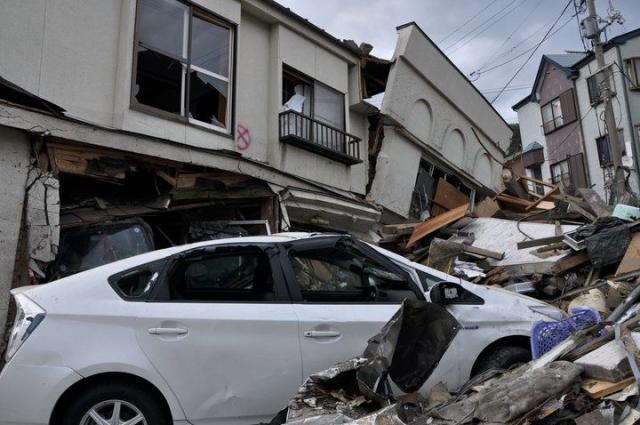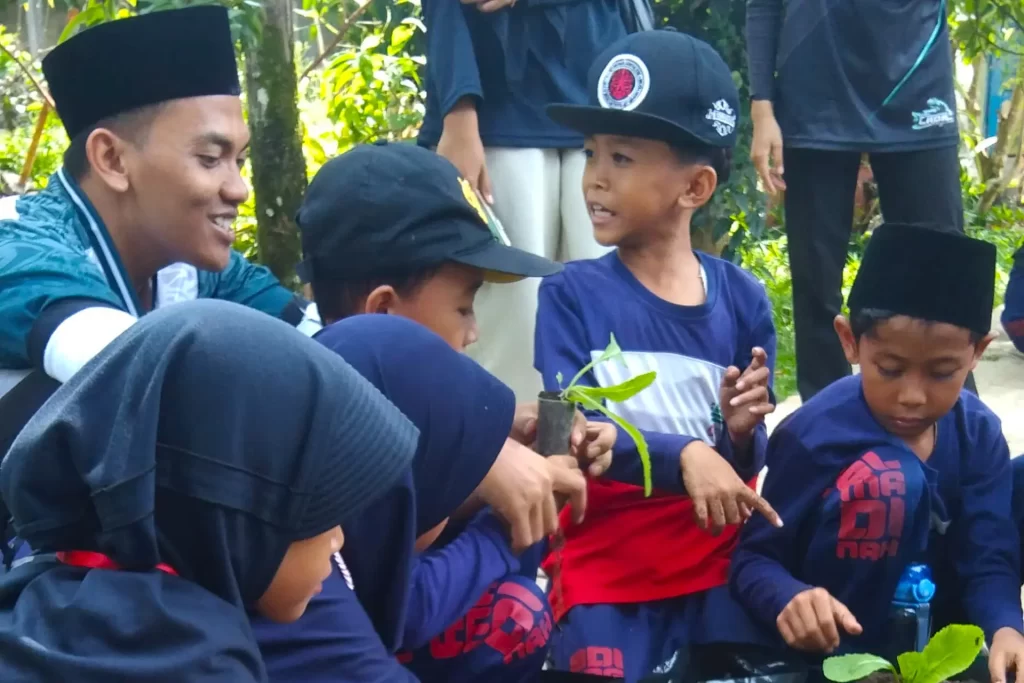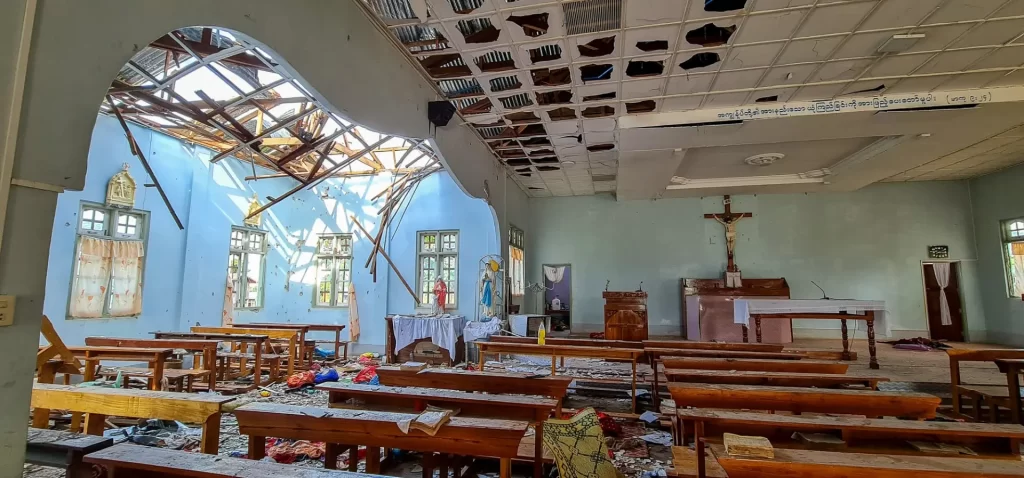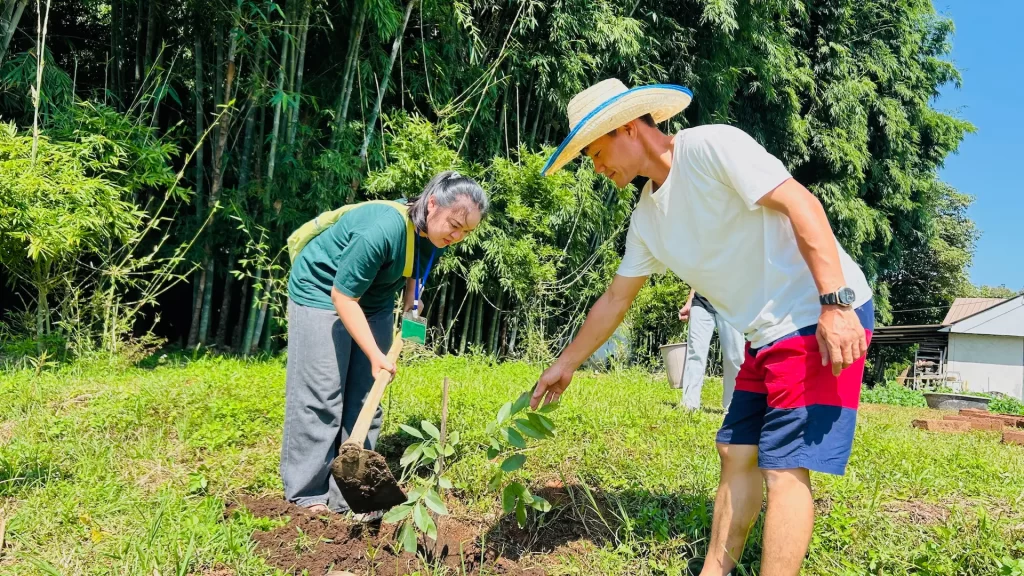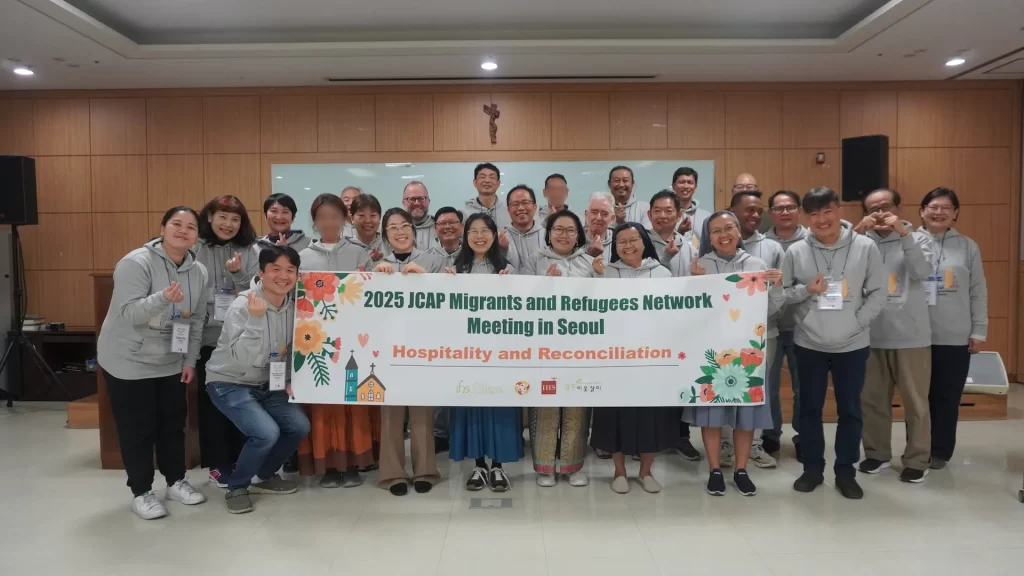Prayers and memorial services were held across Japan on March 11 as the country marked the first anniversary of the deadly earthquake and tsunami that struck its north-eastern coast.
Much of Japan came to a standstill as the minute of silence was observed at the moment the quake hit, 14:46 local time.
In Sendai, where much of the devastation was concentrated, a Mass of memorial was held at the city’s Motoderkoji Cathedral.
During his homily, Bishop Tetsuo Hiraga said, “Despite the year that has passed, we still sometimes feel powerless in our work as we recall the delays in the arrival of aid; the mountains of rubble; the troubles caused by the accident at the nuclear reactor, to which there is no resolution in sight. It shows that we must come profoundly to terms with those words of Jesus: ‘Take heed! Keep alert! ’ Let us all indeed take heed, lest our hearts grow dull.”
The earthquake struck about 400km (250 miles) north-east of Tokyo and shortly after, an immense surge of water enveloped the coast as a tsunami swept cars, ships, and buildings away, wiping out whole communities in Miyagi, Iwate and Fukushima prefectures.
More than 15,800 lives were lost in the twin natural disasters, and more than 3,000 people remain unaccounted for.

Fr Arturo Martin SJ still recalls the day of the quake and the following days in vivid detail – the fear, the confusion, and the despair of the people.
“I recall with sadness the scene of an old couple moving directly to their stable, and collapsing in tears on finding it empty. “We have lost all our belongings,” wept the lady, “and our loss besides is irreparable, because the cows were our only friends.” The husband in the meantime began to fill the troughs with grass,” he said in a recent report on the triple disaster.
What impressed him particularly was the way the nation responded to the disasters. He remembers that even when darkness descended that first day and all transportation came to a halt and thousands walked aimlessly in the streets, order prevailed.
“There was to be witnessed neither rioting nor ransacking, and neither abusive words nor complaints were to be heard. Convenience stores ran out of goods, but none purchased more than was needed to survive the night,” he said.
From Fr Martin’s perspective, “It was a historic moment for Japan, a period when the nation had a unique message to offer the world, a message concerning the manner in which people needed to behave in times of anxiety or crisis.
“Indeed, we who serve as missionaries in Japan, feel justly proud of our people,” he said of the integrity and courage of the Japanese in the face of disaster.
One year later, life remains in a state of turmoil for many of those in the worst affected areas. A BBC report quotes Japanese authorities saying that more than 330,000 are still living in some kind of temporary accommodation, including those staying with friends and family or in hotels. More than 500 remain in evacuation centres.
Official figures show that almost 300,000 buildings were destroyed and a further one million damaged, either by the quake, tsunami or resulting fires. Almost 4,000 roads, 78 bridges and 29 railways were also affected.
The Japanese authorities estimate 25 million tonnes of debris was generated in the three worst affected prefectures. This is many times greater than the amount created by the 2010 Haiti earthquake.
Although most of the rubble and waste have been cleared, rebuilding has yet to begin in many areas along the coastline, and many towns destroyed by the earthquake and tsunami are starting from scratch.
The Japanese authorities believe the reconstruction will cost more than 23 trillion yen (£181bn) over a decade.
The Jesuits in Japan are deeply committed to the restoration of the affected areas. Many have devoted a great deal of time and effort to the cleaning and rebuilding operations, with several scholastics sacrificing part of their vacation time to help.
Jesuit institutions have organised events in support of the survivors and to assist the local church in rebuilding lost properties. Students have visited and accompanied survivors in their shelters.
From the very first days of the triple disasters of earthquake, tsunami and destruction of the nuclear plant, the Japanese Jesuit Province made a policy decision to direct relief efforts and donations to the combined efforts of the Catholic Church in Japan, coordinated by Caritas Japan and the Diocese of Sendai.
To read Fr Martin’s report, click here.

